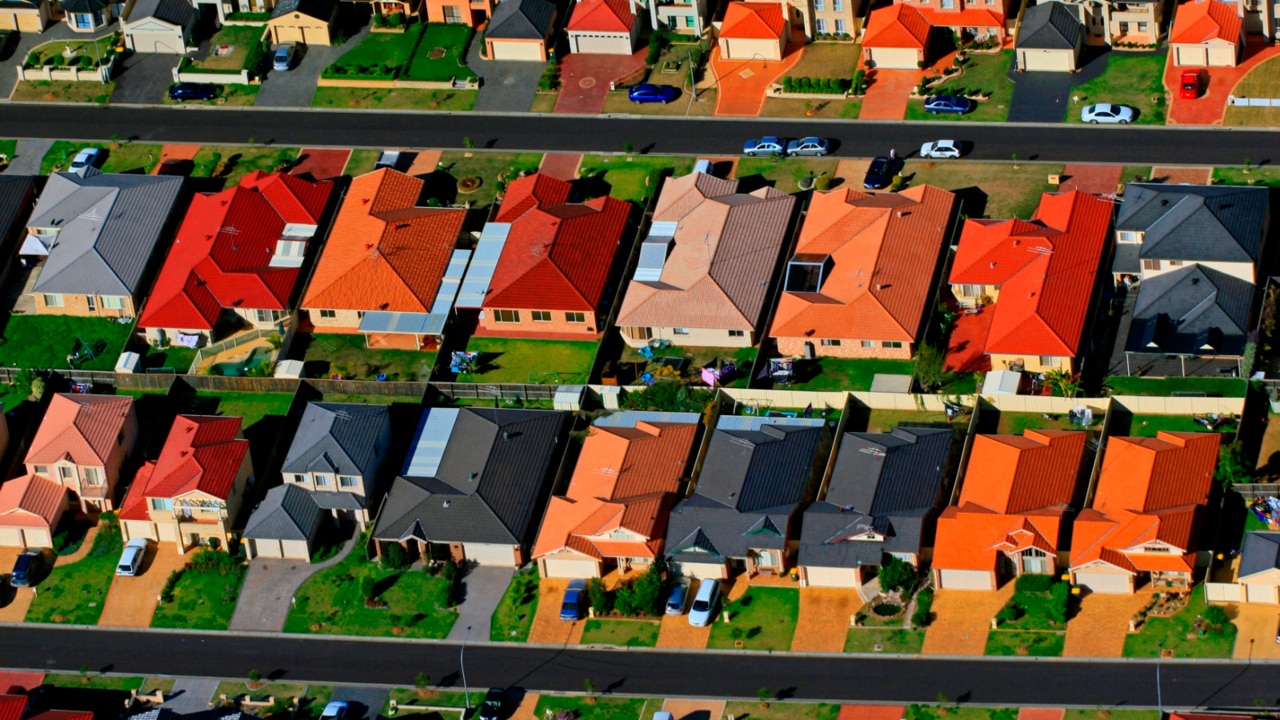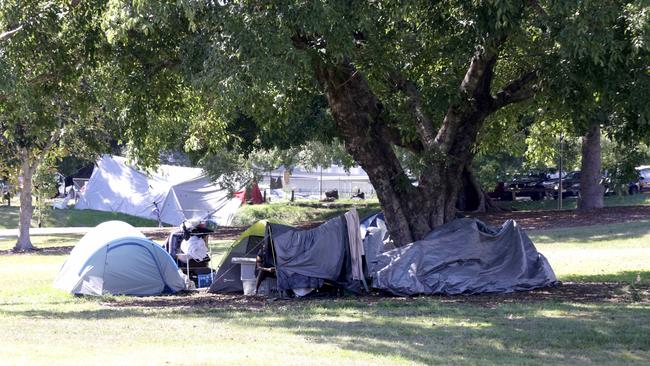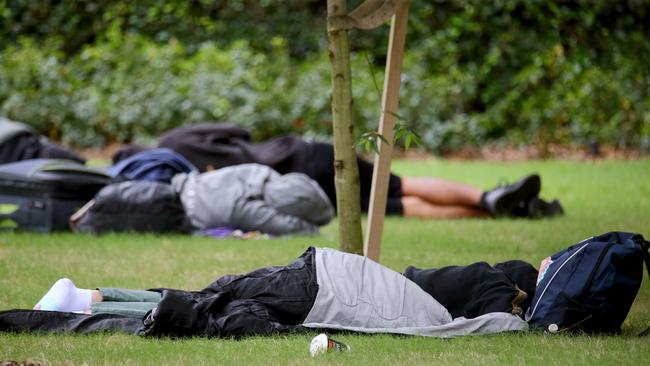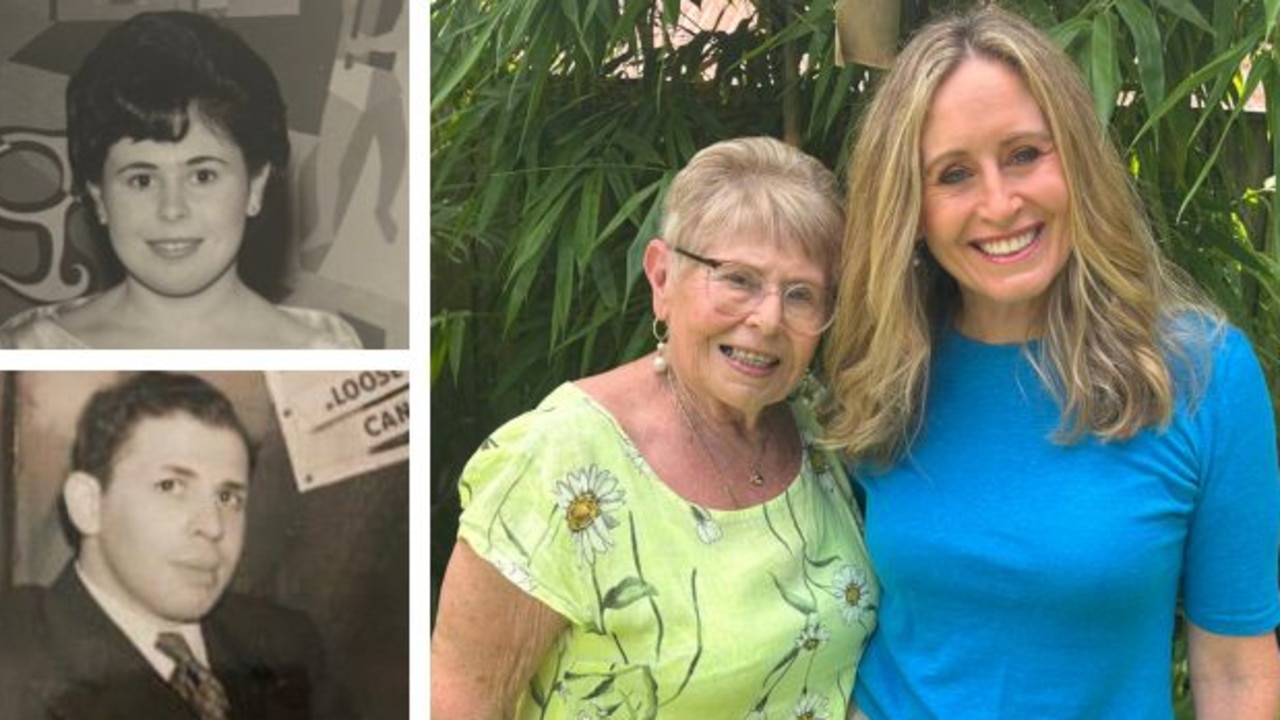Editor’s view: Homelessness is absolutely not our normal
We must never, as some American cities appear to have done, see homelessness as a lifestyle, warns the editor.

Opinion
Don't miss out on the headlines from Opinion. Followed categories will be added to My News.
To find yourself sleeping in your car, seeking a public toilet to wash in, arriving at work in wrinkled clothes and trying to conceal your, hopefully, temporary plight from your workmates is a living nightmare.
No person should have to endure it, least of all those of us living in the wealthy state of Queensland.
Yet, as a story in today’s Sunday Mail reveals, resorting to a car for shelter is now a reality not merely for isolated individuals, but entire families. Brisbane’s Lord Mayor Adrian Schrinner speaks today of a crisis which is creeping its way right through our state, from the southeast through Bundaberg up to Townsville and Cairns and even into towns in the more sparsely populated western regions.

In the Moreton Bay council region alone, homeless numbers increased by over 90 per cent between 2011 and 2021.
Public space officers are working hard to link homeless people with the assistance and services they need, but many homeless are being told nothing is available.
“There’s no doubt that more and more people, including children, are being left with no choice but to sleep in cars and tents in locations right across Brisbane which is absolutely heartbreaking,” the Brisbane Mayor said.
“Accepting people living in cars and tents is giving up.”
Community workers are noting the changing face of homelessness.
The “new’’ homeless are not necessarily people struggling with the substance issues and mental health problems that some of our more entrenched homeless people are dealing with.
These are people who can live regular, mainstream lives, and many of them have never needed government supplied services before. These are people who keep their families together, go to work on a daily basis and ensure their kids get to a school.
But their housing options have narrowed considerably in the last two years as both house prices and rents spiral, and housing supplies tighten.
A nightmare for such people is finding they cannot afford to pay the car rego.
A greater nightmare is a knock on the car window from a Family Services official who may be simply doing their job, having received reports of homeless children in the immediate vicinity.
No one can credibly argue that this problem is being ignored.

Governments of all tiers are well aware this issue is one they must tackle, even if we can raise concern about their pace.
The Brisbane City Council supporting initiatives such as the Red Cross Night Café which provides homeless people with free meals and access to showers, toilets and health advice.
The fact that the long vacant Maland Rese retirement village in the Brisbane suburb of Clayfield will be transformed into social housing reflects a positive response to calls which have been long made by the Local Government Association of Queensland to unlock the potential of abandoned housing stock throughout Queensland. But more solutions are needed for this problem which has to be tackled swiftly and earnestly before we grow accustomed to the sight of homeless people on our streets, and begin viewing the issue as a normal part of our landscape.
We must never, as some American cities appear to have done, see homelessness as a lifestyle.




